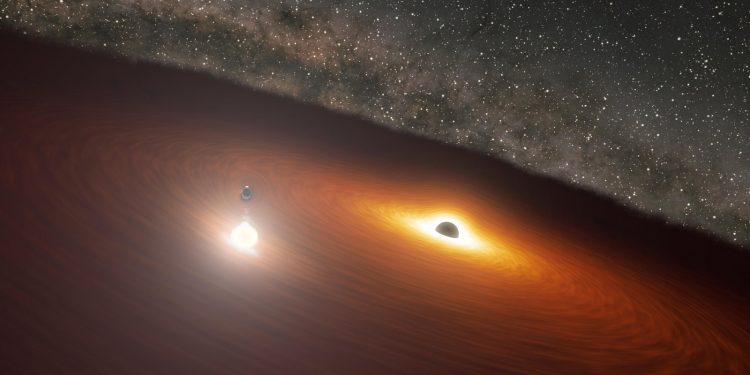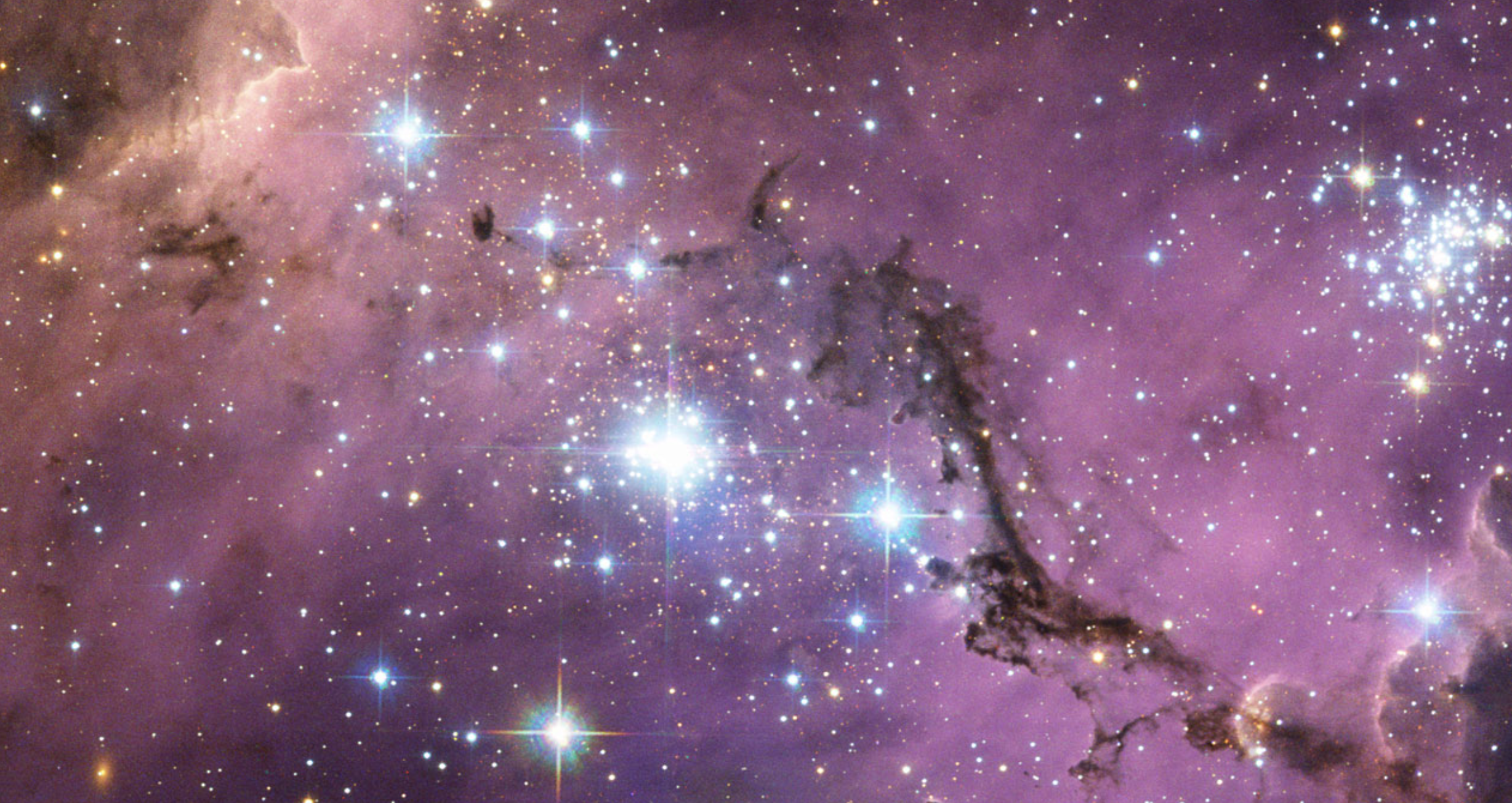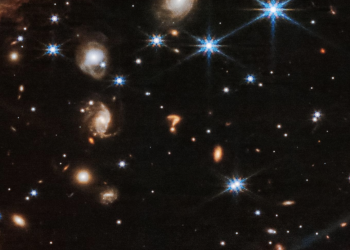In a spectacular display of cosmic forces, a supermassive black hole that devoured a nearby star has now set its sights on a new target—likely another star or possibly a smaller black hole. The violent aftermath of this stellar catastrophe is providing astronomers with key insights into long-standing mysteries of the universe.
Using a range of advanced instruments, including NASA’s Chandra X-ray Observatory, Hubble Space Telescope, NICER, and the Neil Gehrels Swift Observatory, scientists are now piecing together a larger narrative about these awe-inspiring events. This fresh discovery has been outlined in the prestigious journal Nature, marking a breakthrough in our understanding of black holes and their dynamic interactions.
A Star’s Tragic End
Back in 2019, astronomers observed a star’s tragic demise. As it wandered too close to a black hole, it was torn apart by the black hole’s immense gravitational pull. The remains of the star formed a spinning disk of debris around the black hole, akin to a cosmic graveyard of stellar fragments. However, over the years, this disk has grown larger, and in a surprising twist, it has now expanded into the orbit of another celestial body.
This new victim—a star or a stellar-mass black hole—has begun a deadly dance with the disk of debris. Every 48 hours, it plunges through the swirling remains of its predecessor, producing powerful bursts of X-rays. These bursts were detected by Chandra, offering astronomers a rare glimpse of this extreme cosmic interaction.
Matt Nicholl, an astrophysicist from Queen’s University Belfast and the lead author of the study, likened the scene to a diver repeatedly diving into a pool. “The star is like a diver, and the debris disk is the pool. Each time the star collides with the disk, it creates an enormous ‘splash’ of gas and X-rays,” he explains. This ongoing collision creates periodic bursts of energy, illuminating the dark regions surrounding the black hole.
Unraveling Cosmic Mysteries
Black holes are notorious for ripping apart anything that gets too close, a phenomenon known as a tidal disruption event (TDE). But more recently, astronomers have also observed recurring flashes of X-rays near the centers of galaxies. These flashes, called quasi-periodic eruptions, had puzzled scientists until now.
“This new finding links two enigmatic phenomena—TDEs and quasi-periodic eruptions—and shows that they are indeed related,” says co-author Dheeraj Pasham of MIT. “It’s a major cosmic clue that we’ve been looking for.”
From Observation to Discovery
The tidal disruption event responsible for this newfound discovery, dubbed AT2019qiz, was first spotted in 2019 by the Zwicky Transient Facility at Palomar Observatory. Fast forward to 2023, and detailed observations from both Chandra and Hubble have revealed the intricate dance of the debris disk and the orbiting star.
Scientists analyzed data from three Chandra observations, each spaced out over a 14-hour window. While two of the sessions showed weak signals, the third delivered a strong burst, confirming the star’s collision with the debris disk. Further observations using NICER and other instruments solidified the finding—every 48 hours, the star crashes through the expanding disk, sparking X-ray outbursts.
A Breakthrough for Future Research
This discovery not only solves an existing mystery but also opens up new possibilities for future research. By tracking more quasi-periodic eruptions linked to tidal disruptions, astronomers hope to better understand the prevalence of stars or smaller black holes that orbit close to supermassive black holes.
These findings also hold potential for future gravitational wave observatories. As we learn more about these orbits and the massive black holes at the heart of galaxies, the chances of detecting gravitational waves from such interactions increase.
NASA’s ongoing collaboration with global observatories continues to shine a light on the intricate workings of the universe. Through missions like Chandra, Hubble, NICER, and Swift, astronomers are gaining new tools to unravel the mysteries of the cosmos, offering deeper insights into phenomena that were once mere speculation. As our understanding of black holes and their interactions deepens, these celestial powerhouses remain one of the most captivating subjects in the study of the universe.










